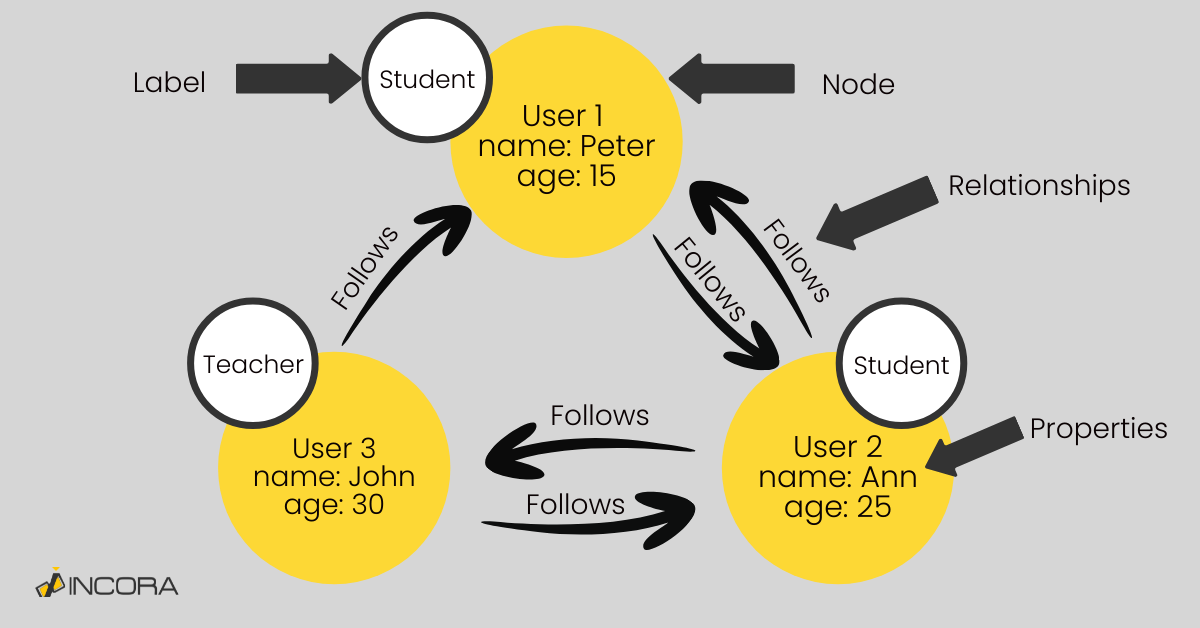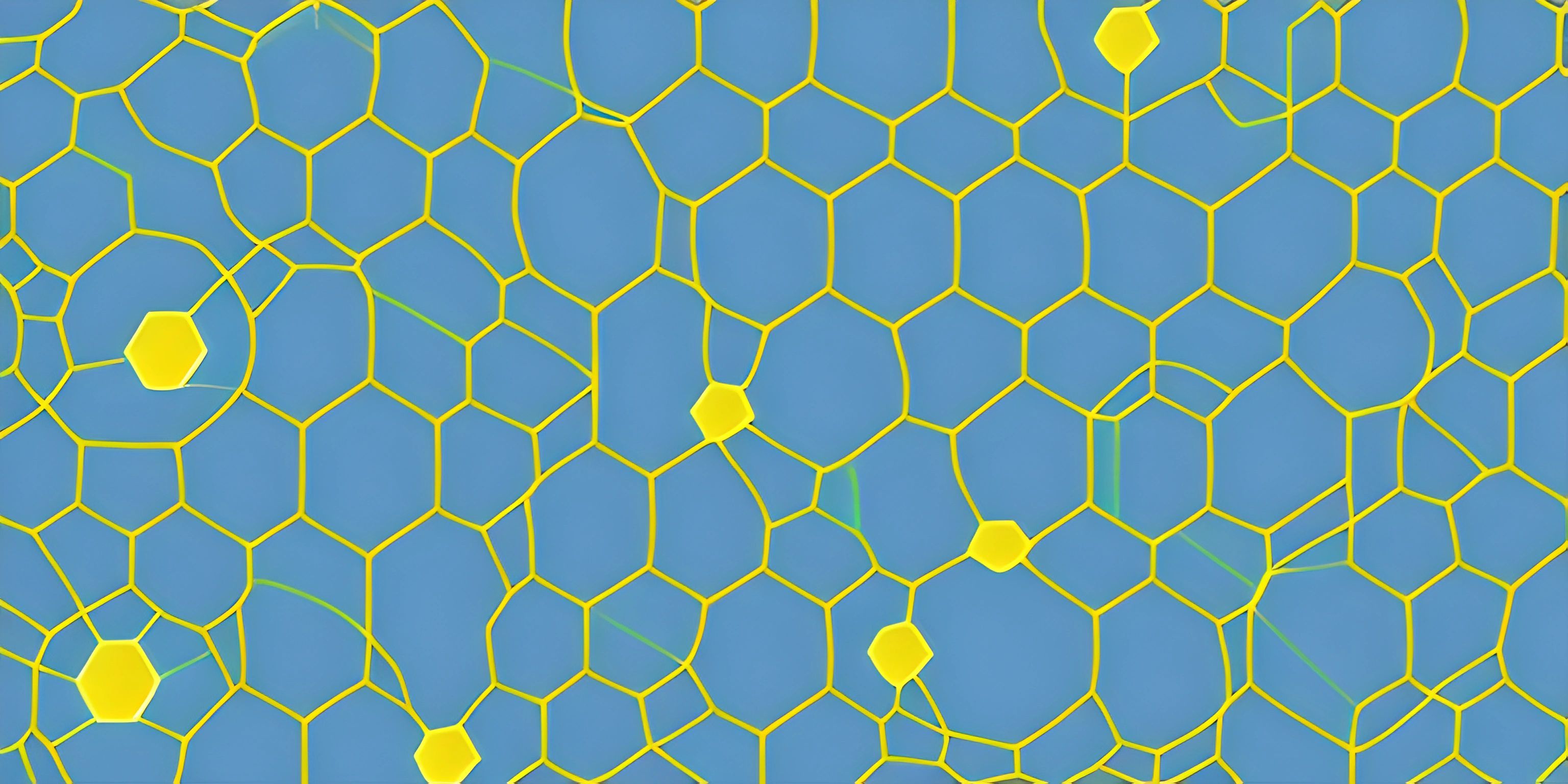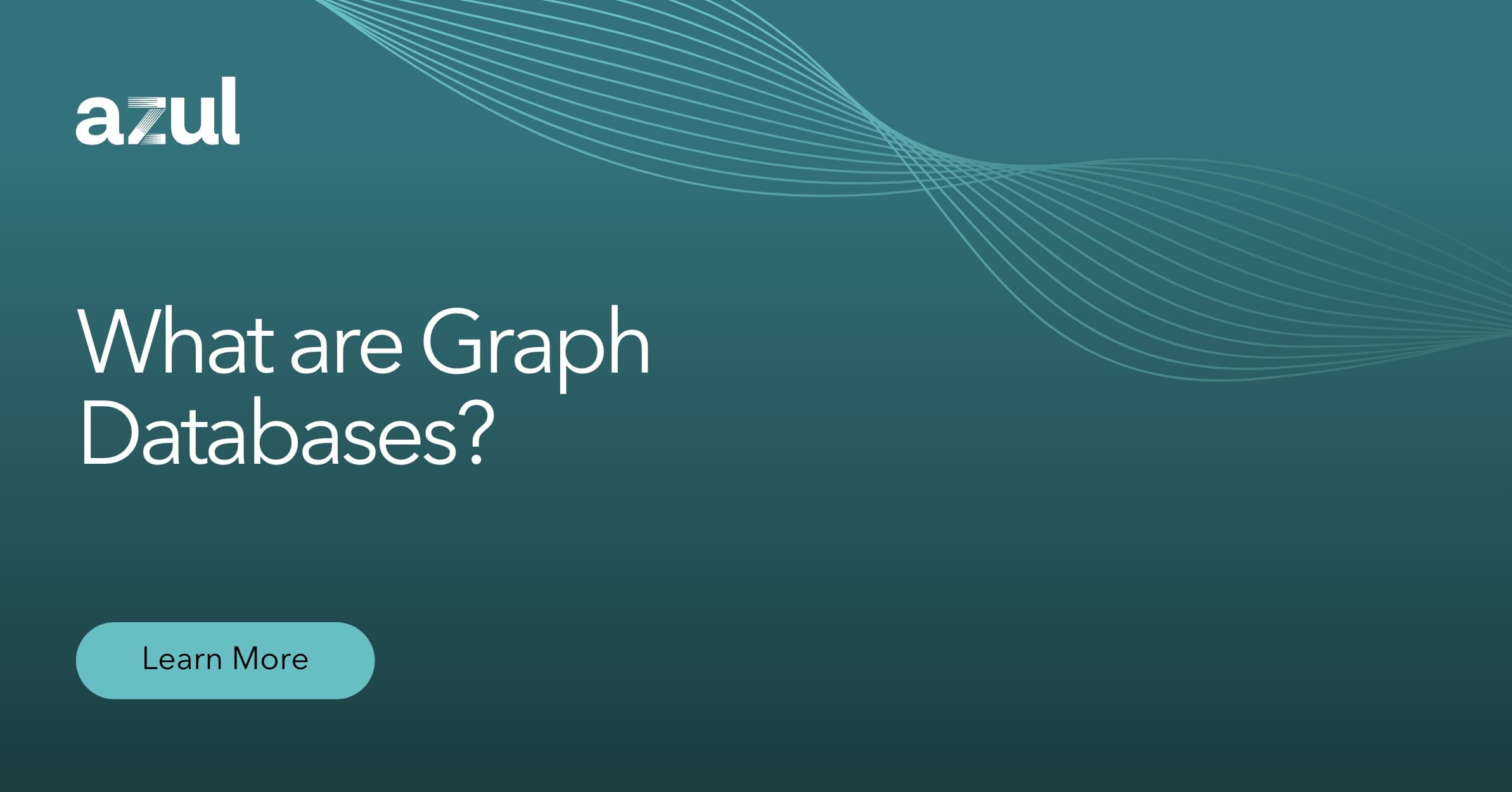Graph databases for game tech are revolutionizing the gaming industry by providing a flexible and scalable way to manage complex relationships between in-game entities. In today's competitive gaming market, developers and studios need advanced tools to create immersive experiences that keep players engaged. Graph databases offer a unique advantage by enabling efficient traversal of interconnected data structures, allowing game developers to build richer, more dynamic worlds with ease. As the demand for sophisticated gaming experiences grows, understanding how graph databases can enhance game development becomes crucial for staying ahead of the curve.
The gaming industry is rapidly evolving, with developers constantly seeking new ways to enhance player experiences. Graph databases are emerging as a powerful solution for managing the intricate web of relationships within games. By leveraging graph databases, developers can efficiently represent and query complex interactions between characters, items, and environments. This technology not only improves performance but also opens up new possibilities for creating dynamic, responsive gameplay mechanics that adapt to player actions in real-time.
As the gaming industry continues to grow, the need for robust data management solutions becomes increasingly apparent. Graph databases offer a unique approach to handling the complex data structures inherent in modern games. By focusing on relationships rather than rigid schemas, these databases enable developers to create more flexible, scalable, and responsive gaming environments. This article delves into the advantages of using graph databases for game tech, exploring how they can transform the way developers approach game design and data management.
Read also:Mitchell Daily Republic Your Gateway To Local News And Insights
What Are Graph Databases and How Do They Work?
Graph databases represent data as nodes and edges, where nodes are entities and edges represent relationships between them. Unlike traditional relational databases, graph databases focus on the connections between data points, making them ideal for applications with complex, interconnected data structures. In the context of graph databases for game tech, this means developers can efficiently manage relationships between characters, items, and environments, enabling more dynamic and responsive gameplay mechanics.
Why Are Graph Databases Ideal for Game Development?
Game development involves managing vast networks of interconnected data, from character interactions to item relationships. Graph databases excel in this area by allowing developers to model these relationships naturally and efficiently. For example, a graph database can easily represent how a player's actions influence the game world, enabling more immersive and engaging experiences. Additionally, graph databases offer superior performance for querying complex relationships, making them a natural fit for the demands of modern game development.
How Can Graph Databases Enhance Game Tech?
By leveraging the unique capabilities of graph databases, developers can create more sophisticated and dynamic gaming experiences. These databases enable efficient traversal of complex data structures, allowing developers to implement advanced gameplay mechanics that adapt to player actions in real-time. For instance, a game could use a graph database to model intricate social networks between characters, enabling more nuanced and realistic interactions. Furthermore, graph databases can improve performance by reducing the need for complex joins, which are often required in traditional relational databases.
Can Graph Databases Improve Game Performance?
Yes, graph databases can significantly enhance game performance by optimizing data retrieval and manipulation. Traditional relational databases often struggle with complex queries involving multiple relationships, leading to slower performance and increased resource usage. In contrast, graph databases are designed to handle these types of queries efficiently, allowing developers to build faster, more responsive games. This performance advantage is particularly important for online multiplayer games, where latency and responsiveness are critical factors in player satisfaction.
What Challenges Do Developers Face When Implementing Graph Databases?
While graph databases offer numerous advantages for game development, they also present certain challenges. Developers must carefully consider factors such as database design, query optimization, and scalability when implementing graph databases. Additionally, integrating graph databases into existing game architectures can be complex, requiring specialized knowledge and expertise. However, with proper planning and execution, these challenges can be overcome, allowing developers to fully harness the potential of graph databases for game tech.
How to Choose the Right Graph Database for Your Game?
Selecting the appropriate graph database for your game requires careful consideration of several factors, including scalability, performance, and ease of integration. Some popular graph databases for game tech include Neo4j, Amazon Neptune, and OrientDB. Each of these solutions offers unique features and capabilities, so developers should evaluate their specific needs before making a decision. Additionally, it's important to consider the support and resources available for each database, as well as the community and ecosystem surrounding it.
Read also:Unveiling The Charm Of Hobos Restaurant In Portland Oregon
Is Learning Graph Databases Difficult for Game Developers?
While graph databases introduce new concepts and paradigms, they are generally accessible to developers with a solid understanding of data structures and algorithms. Many graph databases provide comprehensive documentation, tutorials, and community support to help developers get started. Furthermore, the benefits of using graph databases for game tech often outweigh the initial learning curve, making them a worthwhile investment for developers looking to enhance their skills and create more advanced games.
What Are the Benefits of Using Graph Databases in Game Development?
Graph databases offer several key advantages for game development, including improved performance, enhanced flexibility, and better scalability. By focusing on relationships rather than rigid schemas, graph databases enable developers to create more dynamic and responsive gaming environments. Additionally, graph databases can simplify complex queries and reduce the need for expensive joins, leading to faster and more efficient data retrieval. These benefits make graph databases an attractive option for developers seeking to push the boundaries of game tech.
How to Integrate Graph Databases into Existing Game Engines?
Integrating graph databases into existing game engines can be a challenging but rewarding process. Developers should start by evaluating their current architecture and identifying areas where graph databases could provide the most value. This may involve refactoring certain components or redesigning data models to better align with graph database principles. Additionally, developers should consider using middleware or abstraction layers to facilitate communication between the game engine and the graph database. By taking a structured approach to integration, developers can maximize the benefits of graph databases while minimizing disruptions to their existing workflows.
Can Graph Databases Be Used for Both Single-Player and Multiplayer Games?
Yes, graph databases can be effectively utilized in both single-player and multiplayer games. In single-player games, graph databases can enhance storytelling by enabling more complex and dynamic interactions between characters and environments. For multiplayer games, graph databases can improve performance and scalability by optimizing data retrieval and manipulation. Additionally, graph databases can facilitate real-time updates and synchronization between players, ensuring a seamless and engaging multiplayer experience. Whether developing for single-player or multiplayer audiences, graph databases offer valuable tools for enhancing game tech.
What Are Some Real-World Examples of Graph Databases in Game Tech?
Several prominent game developers have successfully implemented graph databases to enhance their projects. For example, a major studio used Neo4j to model complex social networks between characters in a popular role-playing game, enabling more realistic and engaging interactions. Another developer leveraged Amazon Neptune to optimize data retrieval in a fast-paced multiplayer game, resulting in improved performance and reduced latency. These real-world examples demonstrate the versatility and power of graph databases for game tech, highlighting their potential to transform the gaming industry.
Conclusion: Why Graph Databases Are the Future of Game Tech
Graph databases represent a powerful and innovative approach to managing complex data structures in game development. By focusing on relationships rather than rigid schemas, these databases enable developers to create more flexible, scalable, and responsive gaming environments. As the gaming industry continues to evolve, the demand for advanced data management solutions will only increase. By embracing graph databases for game tech, developers can stay ahead of the curve and deliver exceptional experiences that captivate and engage players. With their unique capabilities and growing popularity, graph databases are poised to become an essential tool for game developers in the years to come.
Table of Contents
- What Are Graph Databases and How Do They Work?
- Why Are Graph Databases Ideal for Game Development?
- How Can Graph Databases Enhance Game Tech?
- Can Graph Databases Improve Game Performance?
- What Challenges Do Developers Face When Implementing Graph Databases?
- How to Choose the Right Graph Database for Your Game?
- Is Learning Graph Databases Difficult for Game Developers?
- What Are the Benefits of Using Graph Databases in Game Development?
- How to Integrate Graph Databases into Existing Game Engines?
- Can Graph Databases Be Used for Both Single-Player and Multiplayer Games?


